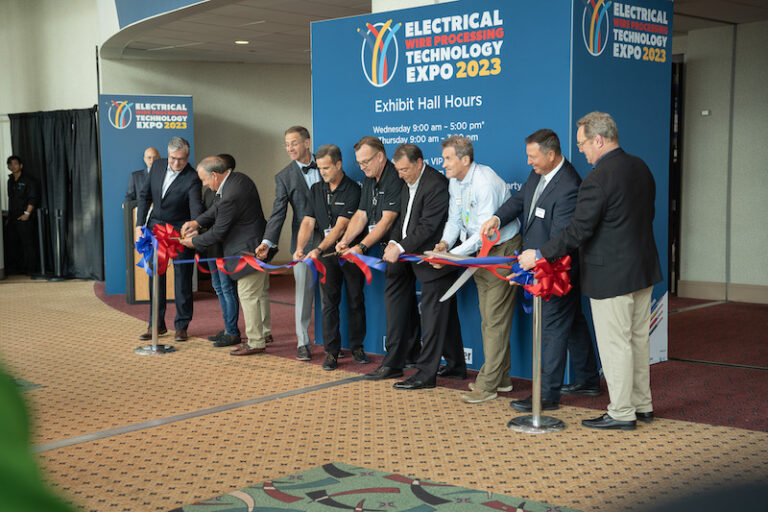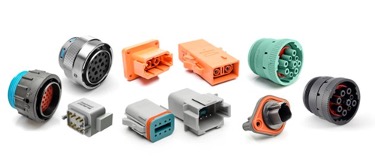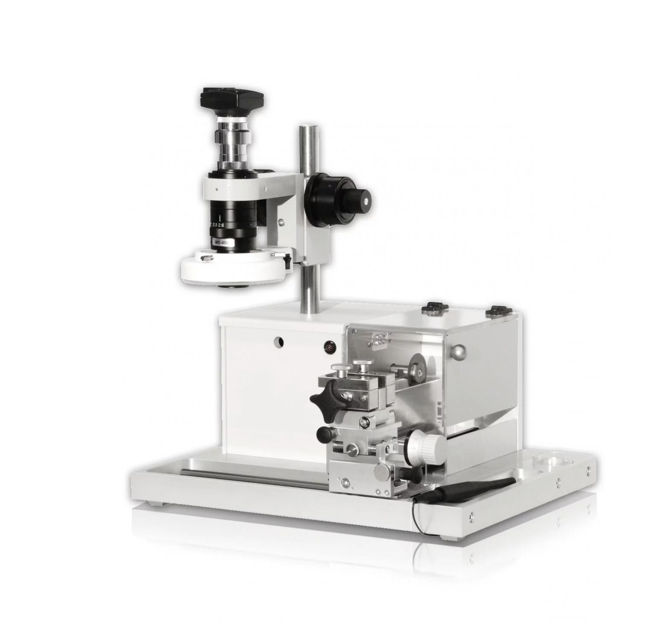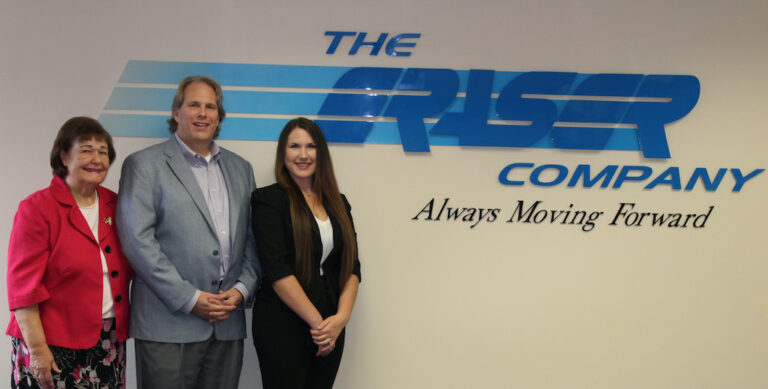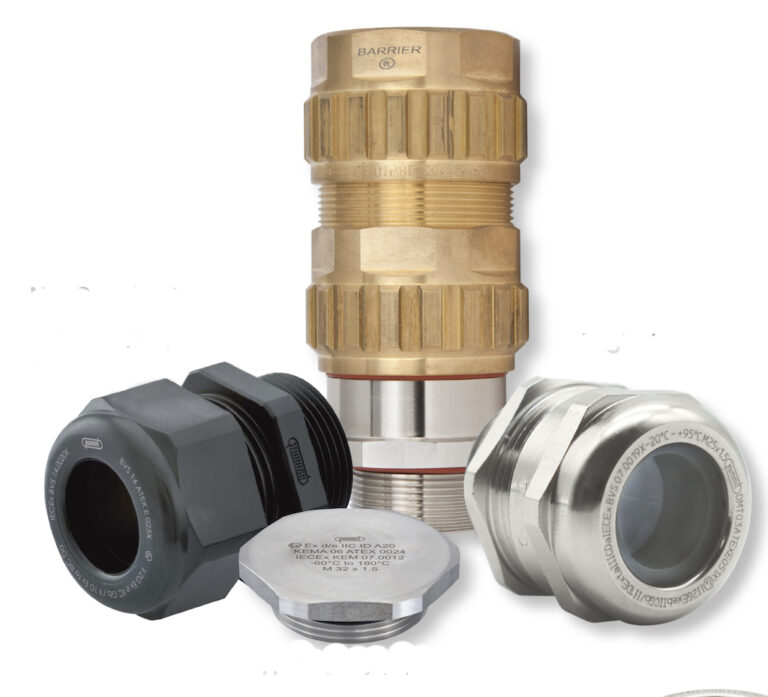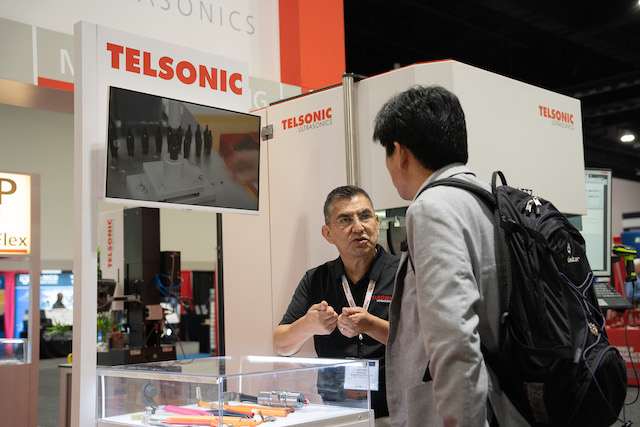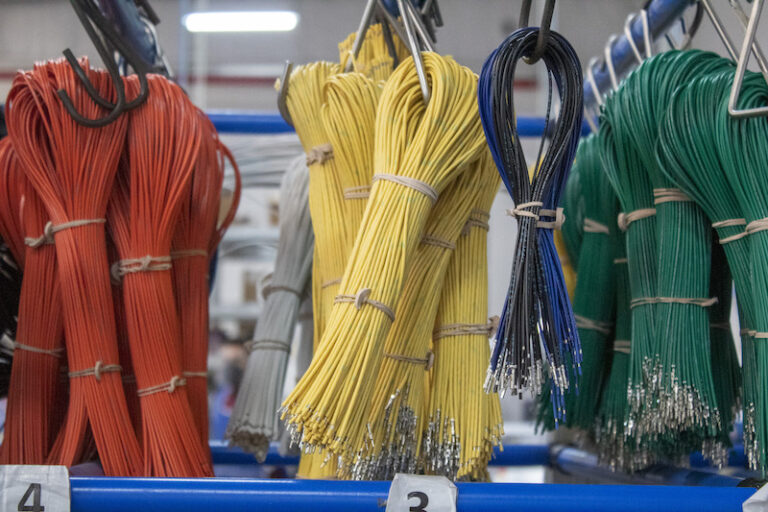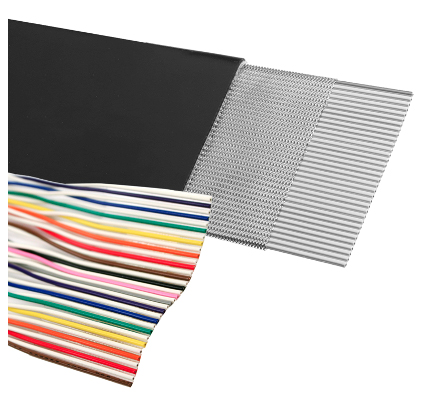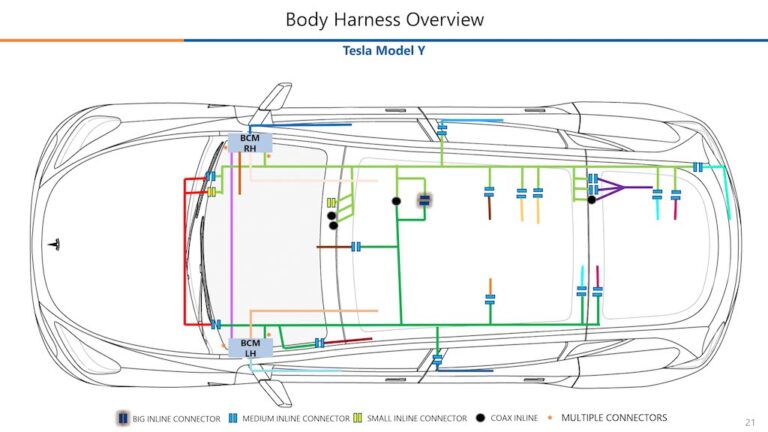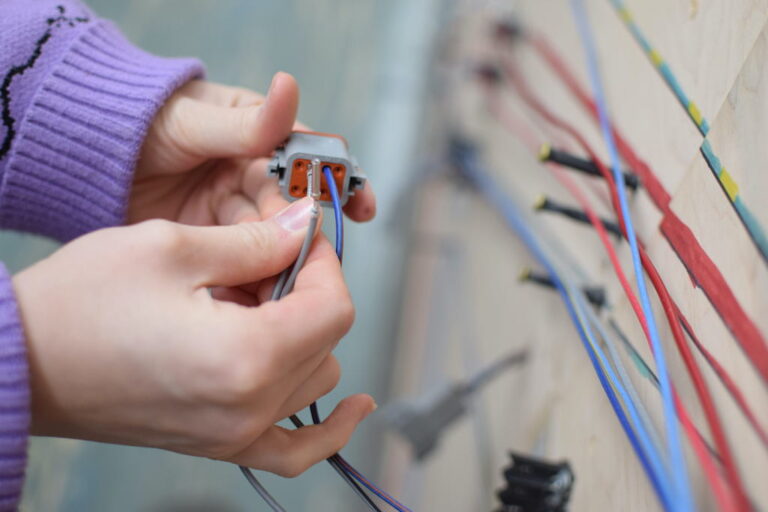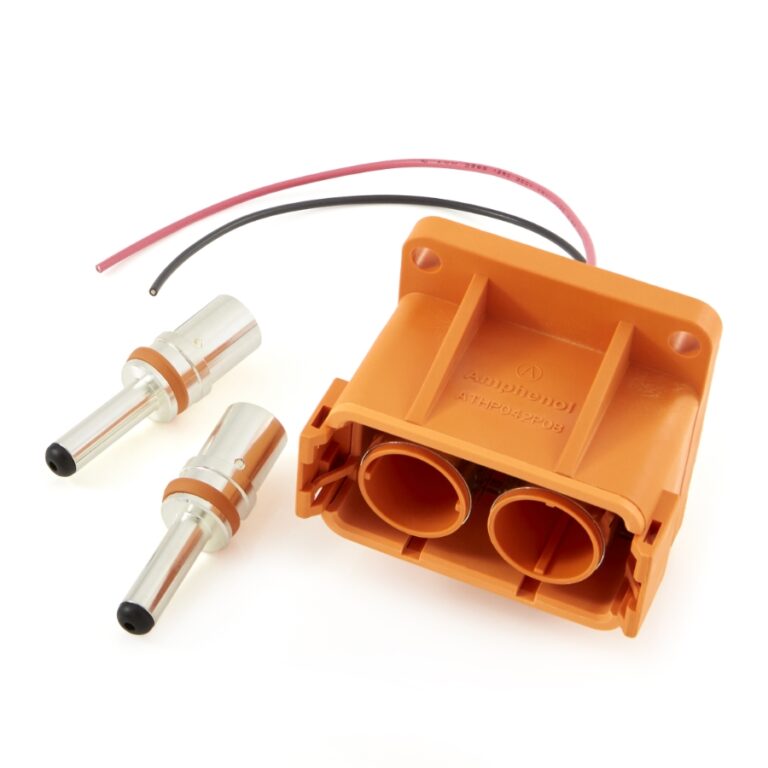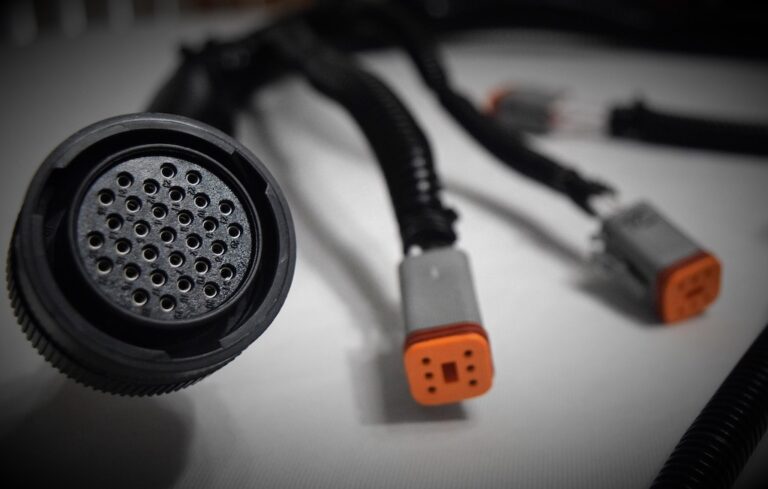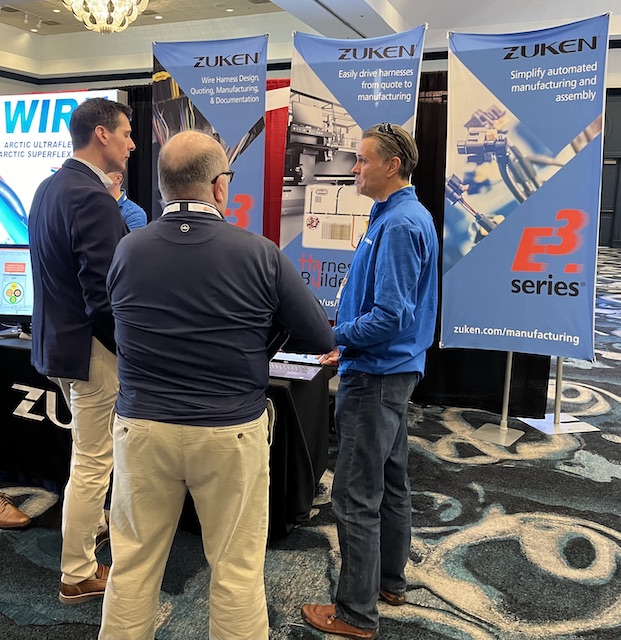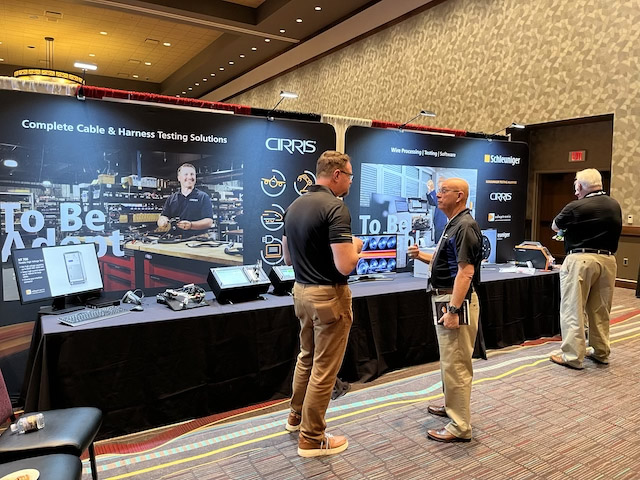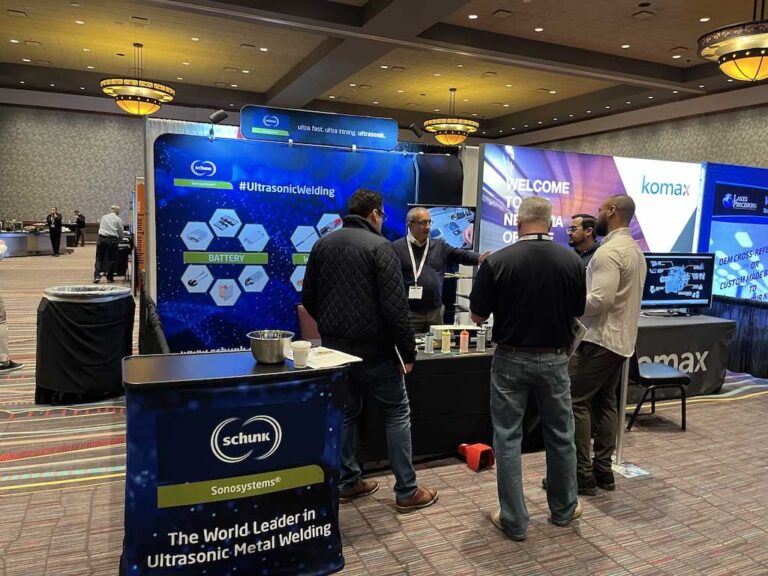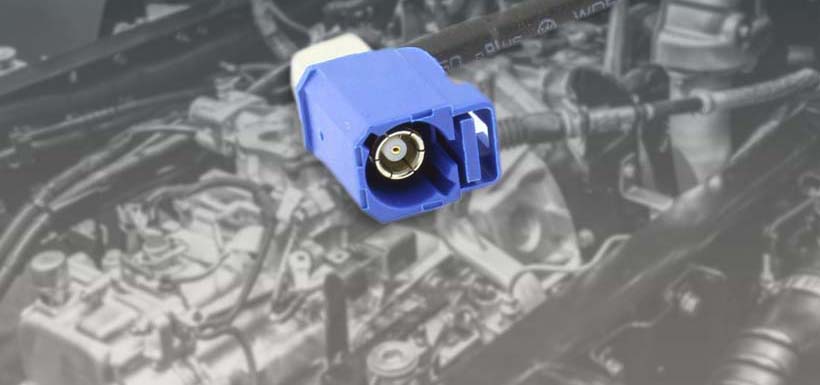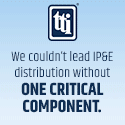Preventing Safety Critical Electrical Failures with Grease
By Jeffrey Wheeler – Nye Lubricants
The number of electronic components in the average car has mushroomed over the past several decades and shows no signs of slowing. A single car has upward of 700 connectors, and that number is expected to increase to thousands per vehicle with the proliferation of electric vehicles (EVs) and autonomous driving technology. Electronics and electrical systems are increasingly replacing mechanical ones as designers add modern comforts that consumers demand, including infotainment systems and safety features. These amenities require electrical connections, and to speed assembly, terminals are arranged in large connectors that are assembled once and, hopefully, forgotten.
However, increasing electrification means more connectors and the potential for failures that are significantly more serious than a quiet radio. Brake pedal sensors, wheel speed sensors, and sensors for airbag deployment are a few examples where an instantaneous short circuit or a communication network fault due to signal loss can be catastrophic. In addition to more serious issues, faulty connectors usually mean intermittent operation for the consumer, which takes a toll on the perceived quality of the application and the manufacturer’s reputation. For OEMs — and increasingly for their component suppliers — connector troubles mean more customer service calls, field maintenance, and product or part replacements.
The risk of electrical system failures is already apparent. In 2012, there were about 20 recalls related to electrical component failures, and in 2016 this number grew to almost 60, according to a report by AlixPartners. Something seemingly as small as connector reliability could mean the difference between safe operation and dangerous, costly recalls. As connectors and electrical systems evolve and become more sensitive to resistance changes, connector lubricants must progress to keep up with application needs.
As car makers lengthen warranties and increase reliance on electrical and electronic systems, the challenge for connector and wiring harness manufacturers is to extend the operating life of connectors in ever more harsh environments. Lubrication aids wiring harness manufacturers on and beyond the assembly line to ensure solid connections and provide a layer of protection against fretting and environmental corrosion.
Fretting Corrosion, A Silent Killer
The risk of safety-critical electrical failures puts increasing pressure on connector suppliers to ensure their connectors will operate reliably for the life of the vehicle. One of the most common reasons for electric connector failure is fretting corrosion – wear that forms on electrical connectors and contacts when they are exposed to micromotions from vibration and/or thermal expansion caused by heating or cooling cycles. Throughout the vehicle, connectors are subject to vibration from the engine, drive train, suspension system, and related components. Micromovements wear through metal coatings into the base material that then oxidize, eventually creating an open connection and ultimately, power failure or signal loss. As this oxide layer builds up, it acts as an insulator between the contacts, creating an open circuit and voltage drop across the terminal. Fretting corrosion has been reported on some of the most popular connectors used today for ADAS, including FAKRA, USB-A and USB-C connectors.
Sometimes un-mating and re-mating connectors is enough to solve intermittent power failures. However, unless a connector lubricant is applied, the connector will continue to wear and will eventually oxidize and corrode. Connector grease has two primary benefits. The grease reduces physical wear between the connecting surfaces as they undergo micromotions and fretting wear. This wear reduction preserves the connectors’ layered coatings designed to prevent oxidation and minimize resistance. It also insulates the system from the surrounding environment, preventing insulative oxide layer buildup, which increases resistance and signal loss. Although connector lubricants are non-conductive, they still allow the microscopic asperities of the contacts to transfer signal and power, while filling in the valleys of the connectors where oxides and wear debris can form. Dielectric properties become especially important in multi-pin connectors, eliminating the possibility of a short between pins.
Insertion Force and Connector Reliability
The force required to mate separable connectors is of particular concern to wiring harness manufacturers and connector manufacturers alike. NIOSH warns that employees who perform repetitive wiring tasks on assembly lines may be at risk of developing carpal tunnel syndrome and other musculoskeletal disorders of the hand, wrist, and arm. The risk of injury is exacerbated in the auto industry because workers often mate connections in hard-to-reach positions. These connectors require more force to mate the connections, increasing assembly technicians’ risk of musculoskeletal disorders. As the number of connectors in the average vehicle increases and more force is required to mate an entire assembly, reducing insertion force per connector will become key to protecting the health of those putting together wiring harnesses.
Insertion force isn’t just a problem on the assembly line, high insertion force also negatively impacts the quality of connections. Most connectors have locking devices, but high insertion force can prevent proper mating, and the connector can separate. A properly selected lubricant lowers insertion force by decreasing the coefficient of friction between mating surfaces. It reduces mechanical wear by placing a film of oil between the mating surfaces. Lower insertion force ensures solid connections and reduces physical strain on assembly line workers, which can reduce worker compensation claims.
Environmental Corrosion
The automotive environment challenges even the highest quality connector. In the engine compartment, connectors must survive rapid heating and cooling cycles as well as corrosive gasses, fuel, water, salt water, and road grit. Power mirrors, door locks, and other external systems face water and detergent baths in car washes. High levels of humidity threaten connector performance between door panels. Inside the passenger compartment temperatures can soar when exposed to sun and drop well below freezing in cold climates.
All these conditions are catalysts for oxidation and corrosion, which create resistive oxides and in turn result in intermittent faults or electrical failure. Aside from fretting protection, connector greases also act as a seal to protect connectors against keeping out water, dirt, and other corrosive elements that can lead to power failure. For automotive assemblies, a connector grease with good water washout and salt spray properties are recommended.
Is a properly designed connector enough to ensure that it will operate reliably for the life of a vehicle? Connector quality depends on many factors, including materials, contact geometry, normal force, and design of springs, crimp mechanisms, and housings. But connector redesign is often a costly task that involves added resources and delays the launch of a product. When the cost of electrical failure is driver safety, great care should be taken to ensure connectors operate reliably and without interruption. Readily available lubricants backed by application data are a cost-effective solution to reduce insertion force and protect connectors against fretting corrosion, environmental corrosion.
About Jeff Wheeler
Jeff Wheeler is a Regional Engineering Manager at Nye Lubricants where he specializes in lubrication solutions for connectors and other electric and autonomous vehicle components. Prior to working for Nye, Jeff worked as an engineer for the United States Steel Corporation. Jeff holds a Bachelor of Science degree in Chemical Engineering from Michigan State University.
About Nye Connector Greases
For more than 25 years, OEMs like Ford, General Motors, Navistar, Paccar, and Chrysler have been protecting their contacts with NyoGel® 760G, the universal standard dielectric grease. NyoGel® 760G is just one product in our complete line of connector greases formulated specifically to address high temperature and high vibration operation. In trucking, automotive, and marine applications, it is particularly important that the lubricant within your assembly can withstand harsh environmental conditions. To address these needs, our connector greases have superior salt spray resistance with little water washout or grease evaporation. With some wire harness assemblies, material compatibility can become an issue as you must ensure that the lubricant will not eat through plastic components. NyoGel® 760G, along with our other connector greases, are resistant to harsh chemicals and are compatible with a wide range of plastics and elastomers.
As a trusted supplier, we work directly with design engineers to form a partnership and assist with proper grease selection to ensure performance, avoid warranty claims, and prevent costly, time-consuming repairs. For design engineers outside of the automotive industry, we also offer specialty connector greases with low outgassing properties or low toxicity to meet the unique requirements of wire harnesses in aerospace, medical, and semiconductor applications. To accommodate different requirements, Nye offers a variety of grease packages to suit both high-volume production dispensing and small volume manual dispensing. If you would like to learn more about how our connector lubricants can work in your wire harness assembly, please contact Jeff Wheeler at [email protected]






















